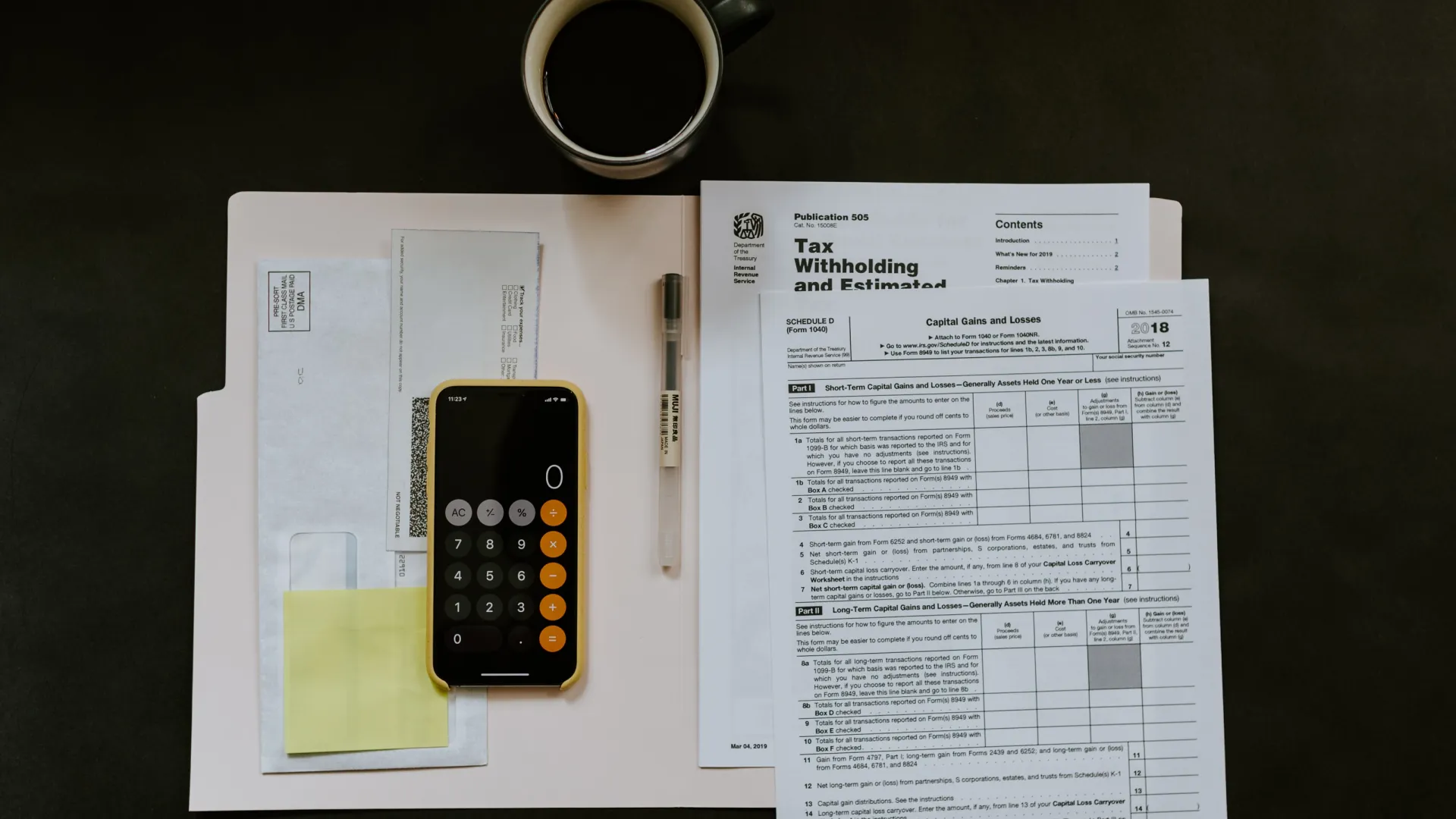
COVID-19 Federal Stimulus Package

Additional Funding
Economic Adjustment Assistance Grant
States and communities can apply for funding from the U.S. Department of Commerce to plan and implement economic recovery strategies in response to the coronavirus pandemic. Click here to learn more.
Manufacturing Extension Partnership Funding
As part of the CARES Act, $50M in financial assistance is available for the 51 Manufacturing Extension Partnerships across the U.S. Click here to learn more.
Summary of Key CARES Act Provisions
(Adapted from the National Manufacturing Association Summary)
Business Provisions
$500 billion in loans to eligible businesses
- Targeted at companies that do not receive adequate relief from other provisions of the bill, located in the U.S. and with a predominantly U.S. employee base
- Eligible businesses must maintain employment levels from March 24, 2020 to September 30, 2020
- Prohibits stock buybacks, dividend payments and increasing compensation for certain high wage employees
- $46 billion set aside for the airline industry: $25B for passenger airlines; $4B for cargo air carriers; and $17B for businesses important to national security
$350 billion in small business loans administered nominally through the SBA, called the "Paycheck Protection Program." Loans will be administered through local and regional banks; any federally regulated bank may become an SBA lender for this purpose. The Department of the Treasury will issue regulations for these loans quickly. SBA lenders will be able to determine eligibility credit worthiness by determining whether a borrower was operational on March 1, 2020 and had employees that they paid salaries and payroll tax. The government guarantee of 7(a) loans would be increased to 100% through the end of 2020, at which point the guarantee would return to 75% for loans over $150,000 and 85% for loans less than or equal to $150,000. The complete deferment of 7(a) loan payments are permitted for up to one year.
- Targeted at companies with less than 500 employees or otherwise specified by SBA standards
- Loans can be used for payroll, mortgages, rent, insurance premiums and utility payments.
- Up to $10 million per company available
- Cannot apply for SBA disaster loan related to COVID 19 and loans under this program at the same time
- Loans can be forgiven up to the amount spent by the borrower during the eight weeks from loan origination on payroll costs up to $100,000 in wages, mortgage interest, rent or utilities
- Forgiveness is reduced by layoffs or pay reductions in excess of 25%.
- Forgiveness is not treated as taxable income
- Additionally, $24 billion is set aside for relief to stabilize the farm economy.
Tax Provisions
- Companies may use tax losses in 2018, 2019 and 2020 to offset income from the prior five years.
- The maximum amounts of business interest deductions are increased for 2019 and 2020 from 30% of to 50%.
- Allows an employer to defer its share of 2020 payroll tax and pay them over two years.
- The 2018 tax reform bill imposed a one-time tax on earnings held overseas, which could be paid over eight years. The IRS has taken the position that companies cannot receive refunds until the eight-year period is completed. The bill overturns the IRS position.
- Creation of a new, temporary refundable payroll tax credit for companies who keep workers on their payroll during the COVID-19 pandemic, up to $5,000 per worker.
- Companies may accelerate recovery of Corporate Alternative Minimum Tax (AMT) Credits.
- Businesses in retail, restaurants and hotels to write off certain facilities improvements immediately.
Health Care Provisions
- $150 billion for hospitals and other health facilities, which will come from the Department of Health and Human Services (HHS) and more funding for small and rural hospitals
- Provides permanent liability protections for makers of PPE that are called for public health emergency countermeasures.
- Clarifies no COVID-19 cost sharing for private insurance, requires free vaccine coverage without cost sharing following current vaccine practices guidelines and includes a range of public health measures to address COVID-19 treatment and response, including liability protections for doctors who volunteer.
- Removes barriers and facilitates telehealth services, especially for high deductible health plans that utilize health savings accounts.
- Provides $200 million to boost telehealth services.
Labor Provisions
- Sets a cap on maximum payments employers will be required to pay for new emergency paid leave requirements. The provision also allows employers to receive an advance tax credit on paid leave rather than having to be reimbursed on the back end.
- Provides individuals an additional $600 per week for up to four months on top of state unemployment benefits. The provision also establishes short-term compensation programs for states like Georgia that allow for employers to reduce workers' hours while still providing employees a pro-rated unemployment benefit.
Individual Provisions
- CARES Act provides checks of up to $1,200 to single individuals and $2,400 to married couples (as well as $500 per child). Check amounts begin to reduce as income exceeds a threshold amount ($75,000 for individuals/$150,000 for married filers) and are completely eliminated once income reaches $99,000 for individuals/$198,000 for joint filers with no children.
- Waives the 10% penalty for distributions from certain retirement plans. Only applicable to individuals diagnosed with COVID-19, whose spouse or dependents have been diagnosed or who experience adverse financial consequences from the virus.
Other Provisions
- $25 billion for food assistance programs
- $30 billion for emergency education funding for colleges, universities, states and school districts
Waives the matching requirement for campus-based aid programs and it will allow institutions to transfer unused work study funding as a supplemental grant. This can be distributed to students who were unable to work due to workplace closures. Additionally, students who had to dropout due to COVID-19, grades will not affect federal academic requirements
Please see the attachment for the full text of the legislation.
